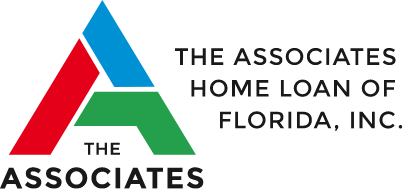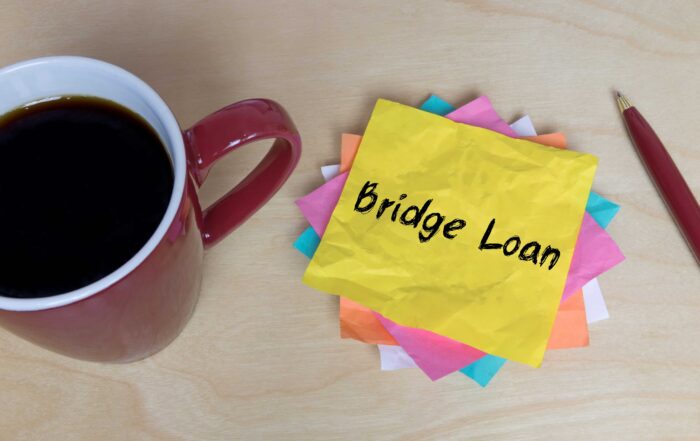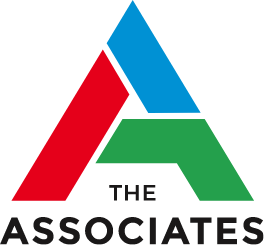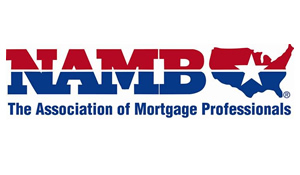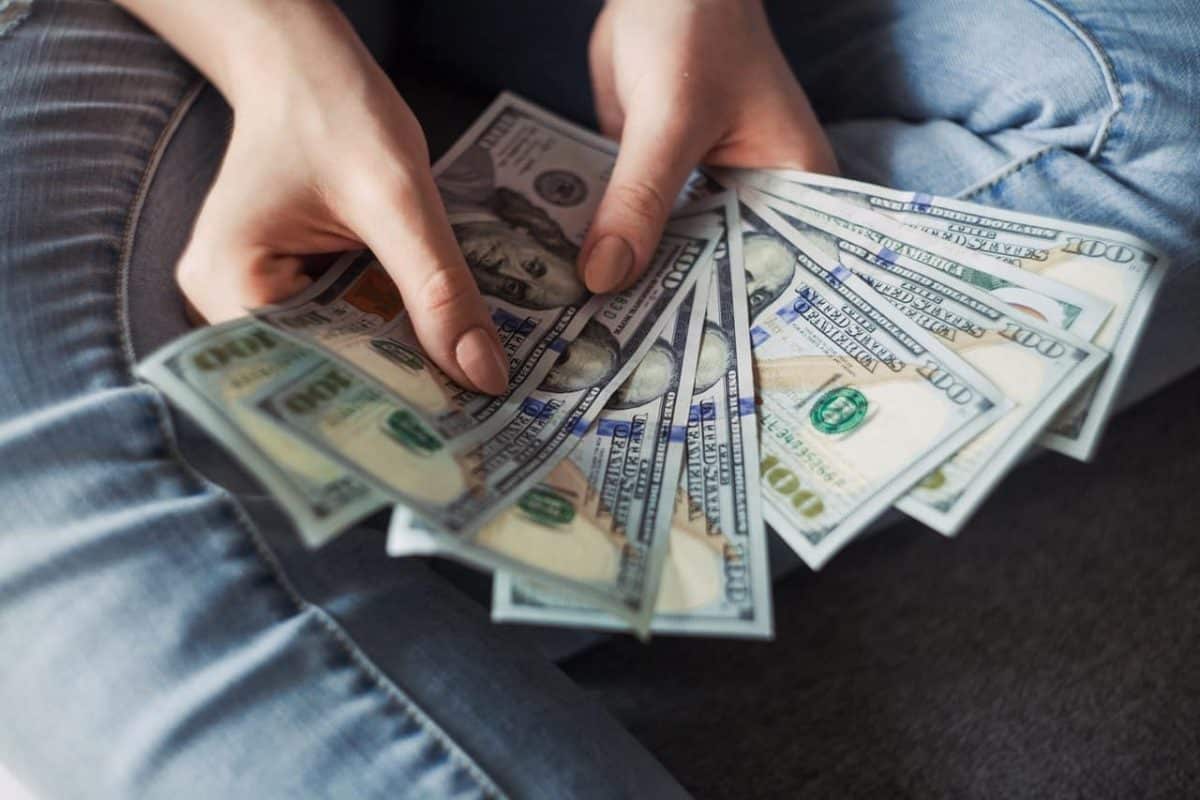
How Does a Cash-Out Refinance Work?
When you pay off your mortgage, you’re building equity in your home. We talk a lot about home equity here on the Associates Home Loan blog and for good reason—you can use that built-up equity to pay off other debts, finance house repairs and renovations, and put cash in your pocket.
One way to do just that is through a cash-out refinance. Refinancing replaces an older mortgage with a new one, either to secure a better interest rate or change the length of the mortgage. A cash-out refinance allows you to borrow extra against the equity of your home to give you direct access to extra funds.
This is an excellent way to utilize your home equity without the sky-high interest rates of credit cards. That being said, a cash-out refinance isn’t just an easy way to get quick cash—there are other considerations to think about, too. Let’s talk about those and more.
How does a cash-out refinance work?
A cash-out refinance puts extra money in your pocket depending on your home equity. But what does that mean? And how exactly does a cash-out refinance work?
The process starts with assessing how much equity you hold in your home. This amount is what you’ve already paid into your mortgage. For instance, if your home is worth $300,000, and you have a remaining balance of $100,000 on your mortgage, you have $200,000 in home equity because that’s the amount you’ve already paid off.
Your equity will dictate how much you can borrow. Most lending institutions will only let you borrow up to 80% of your home equity, so if you have $200,000, you may only be able to cash out $160,000 at the absolute maximum.
Quick math using those same numbers: Let’s say you want to borrow an extra $50,000 for home repairs and to pay down student loan debt. Add that number ($50,000) to the amount you still owe ($100,000) and you can get a new mortgage worth $150,000. You will receive that $50,000 in cash after closing.
What can you do with money from a cash-out refinance?
There are no laws or rules for how you use the money from a cash-out refinance, but most people use it to add value to their homes (through repairs, renovations, and add-ons) or to pay down high-interest debt. It’s typically not wise to use a cash-out refinance to afford luxury goods or a big vacation.
Some of the most common reasons for refinancing include:
- Getting a lower interest rate to save more money in the long-term
- Pay off college tuition or student debt
- Eliminate debt from high-interest credit cards
- Large home improvements, including outdoor decking, a new kitchen, or updated HVAC system
Who qualifies for a cash-out refinance?
You need to have paid in a reasonably significant amount of your mortgage to qualify. Otherwise, you won’t have the equity necessary to make the refinance worth it.
Typically, lenders require:
- A debt-to-income ratio of less than 50%. The exact percentage may vary depending on the lender. If you are unsure of how to calculate this, divide your monthly debts and bills by the total of your monthly income.
- A minimum credit score of anywhere between 600 and 640. Credit scores usually fall between 300 and 800, with anything less than 580 generally considered ‘bad credit.’
- At least 20% built-up equity. Some lenders may require you to have built up more equity than that. Some may also require you to have owned your home for a particular length of time, often at least a year.
- A home appraisal from a licensed third-party appraiser. This may take several weeks to schedule and complete, so don’t forget to factor this step into your timeline.
The specific terms will vary between lenders and some aspects may be negotiable depending on your circumstances. Don’t be afraid to approach a lender about refinancing even if you are unsure! Here at Associates Home Loan, we’re always available to answer questions.
How do other refinancing options compare?
Cash-out refinancing is a popular option as it puts cash right in the borrower’s hands. However, it isn’t the only option for refinancing. How do other options stack up?
Rate-and-Term Refinance
In this form of refinancing, the only changes made to the new loan compared to the original relates to the mortgage rate, loan length, or both.
For instance, you may change your mortgage term from a 30-year fixed rate to a 15-year fixed rate. Additionally, you may alter your mortgage’s fixed percentage rate but maintain the same length.
With a rate-and-term refinance, you won’t get any cash in your pocket. However, lowering your interest rate means you may pay less per monthly payment, allowing you to save slowly over time.
Cash-In Refinance
As its name may suggest, this form of refinancing is the opposite of the cash-out refinance. A cash-in refinance involves you paying off extra on your mortgage in order to get a super-low rate.
This option requires homeowners to have extra cash on hand to pay down more of their mortgage but is another way to save money over time. It won’t get you cash immediately like a cash-out option would.
Ready for a cash-out refinance? Contact us today!
If you’re still wondering how a cash-out refinance works or if it’s the right option for you, contact us today. An Associates Home Loan team member will walk you through the entire process and start you on the path to turn your home equity into cash.
Recent Posts
Hard Money Loan Interest Rates: A Closer Look
What do you think when you hear “hard money loan?” If you think of successful business deals leading to cash profits, then you wouldn’t be far off. While this loan is an excellent financing dealRead More
The Pros and Cons of Bridge Loans
It should come as no surprise that the most significant concern today for home buyers is affordability. Inflation has caused rising home prices, and many feel that owning a home is untenable, and mortgage interestRead More
Associates Home Loan’s Grants For Adoption
The road to adoption is often winding and steep, with financial hurdles that seem insurmountable for many hopeful parents. Here enters our hero: grants for adoption designed not just with dollars and cents in mindRead More
